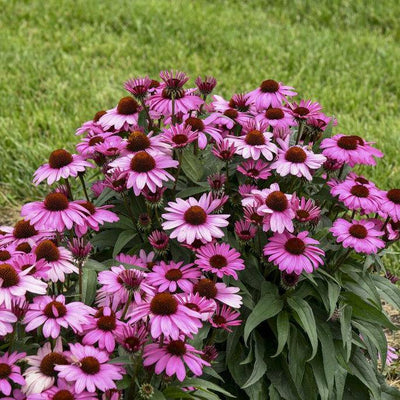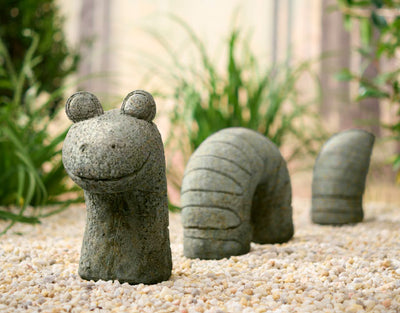Supertunia® Saffron Finch™ Petunia | Proven Winners®
Proven Winners is constantly working to refine and improve their offerings for the North American garden and to the nursery industry in using the best in new plant and production materials.

Features
Characteristics
Plant Needs
Supertunia petunias are vigorous with slightly mounded habits that function as both fillers and spillers in containers. They are also excellent landscape plants, best suited to be placed near the front of beds. They have medium to large sized flowers.
Supertunia®Saffron Finch™, a new sunny yellow Supertunia with a full, well-branched, rounded habit. Its flowers are a more intense yellow than Supertunia Limoncello, but they may transition to creamy yellow in southern climates. Try pairing Supertunia Saffron Finch with bold purples, reds and magentas for an especially eye-catching look. Its mounded trailing habit helps it mix beautifully with other medium to high vigor varieties in hanging baskets, upright containers and window boxes, and it can also be used as a flowering groundcover. Like all Supertunias, you can expect this colorful new petunia to bloom prolifically all season without deadheading.
- Deadheading Not Necessary
Characteristics
Plant Needs
Supertunia petunias are vigorous with slightly mounded habits that function as both fillers and spillers in containers. They are also excellent landscape plants, best suited to be placed near the front of beds. They have medium to large sized flowers.
Supertunia®Saffron Finch™, a new sunny yellow Supertunia with a full, well-branched, rounded habit. Its flowers are a more intense yellow than Supertunia Limoncello, but they may transition to creamy yellow in southern climates. Try pairing Supertunia Saffron Finch with bold purples, reds and magentas for an especially eye-catching look. Its mounded trailing habit helps it mix beautifully with other medium to high vigor varieties in hanging baskets, upright containers and window boxes, and it can also be used as a flowering groundcover. Like all Supertunias, you can expect this colorful new petunia to bloom prolifically all season without deadheading.
- Deadheading Not Necessary















